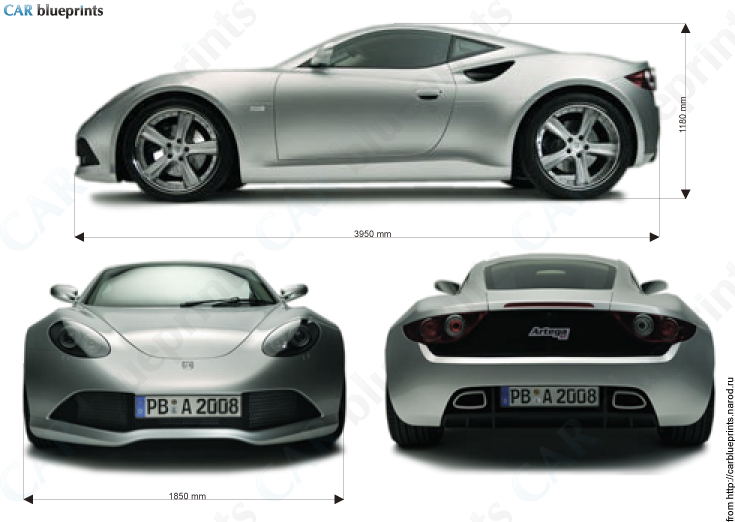What's New: Acura is 25 years old this year. In the past quarter-century they've had huge hits (Integra, Legend, NSX, MDX) and made a few gaffs (CL, for instance). But the recent design flaw of a huge metallic nose on the 2009-11 TL was significant because it weakened potentially strong sales of Acura's best-selling sedan. Owning up to the mistake, Acura softened the look of the 2012 car by lowering the hood line and decreasing the overall scale of the shield-like beak. The rear has also been made less angular, and the overall length of the car shrinks 1.5 inches. There were minor cosmetic changes to the interior of the car as well, but beyond the re-skin, the biggest upgrades include far more responsive steering, thanks to a recalibrated electric power steering system, and an upgrade from a five-speed automatic in favor of a faster-shifting six-speed. And, yes, you can still get a six-speed with a clutch as well.
Tech Tidbit: When Acura toned down the TL's beak and smoothed the car's derriere, they found they could reduce drag by 5.4 percent, and gain better engine performance by re-routing the intake to ingest more air from outside the car and less from the engine compartment. Cooler air prevents ignition retardation that can rob hot-weather performance. These changes and a 14 percent taller final drive ratio netted a roughly 11% gain in fuel economy for the FWD model and about a 5% gain in the AWD model.
Driving Character: The best-handling version of this car is the top-of-the-line $45,085 SH-AWD equipped with new 19-inch all-season Goodyear RS-A tires. Along with vastly more responsive and precise steering, the tires allow a lot more range from a car that previously felt inhibited. The SH-AWD, which can not only split power front to back and side to side but overdrives the outside rear tire to help rotate the car around corners, now gains more athleticism from these grippier sneakers. Even the limits of adhesion feel broader, so exploring the edge between mere drift and breakaway is an easy rather than scary dance step we explored during testing on undulating, snaking sun-cooked roads outside Austin, Texas. It helps that (in all editions) the revised steering is both weightier and more precise, with much better on-center feedback and far less vague float. It should also be noted that the new six-speed auto gearbox accepts downshifts more quickly (via steering-wheel-mounted paddles), and that a new feature called Cornering G Shift Control prevents an automated upshift if sensors detect that the car is cornering. What's surprising about the rebooted TL is that via such minor tweaks the car is significantly better and more playful, though never the slightest bit punishing.
Favorite Detail: The Sequential Sportshift automatic in both the FWD and AWD models features a manual mode. Swing the stick toward the driver and the paddles at the wheel allow full manual control. Now for the fun part: Double tap the left paddle and the normally linear-only downshift function will blip the throttle and leapfrog over a gear and downshift from sixth to fourth, fifth to third, and so on, provided the gear change can be achieved without damaging the transmission.
Driver's Grievance: Acura claims that most of its customers don't want summer tires, which is why they developed the 19-inch Goodyear RS-A all-seasons. Unfortunately to keep costs down, Acura only offers this tire on the most expensive model of the car, and bundles the bigger 19s (versus stock 18-inch wheels on the SH-AWD) along with a lot of other options, such as blind-spot detection. While the FWD model with 17s handles reasonably enough, as does the SH-AWD with 18s, Acura might be shooting themselves in the foot not offering a wheel-plus-tire-only upgrade for customers with shallower pockets.
The Bottom Line: Even with the softened front end, the TL won't win any beauty contests. The Acura's advantage over cars like the Infiniti G sedan and the Audi A4 has always been its reliability and resale, both of which remain rock-steady. So the new TL, like most recent Acuras, should prove reliable and has grown somewhat more sporty to keep up with Infiniti and Audi, while not seeming so aggressive that a Lexus buyer would dismiss the car. On balance, that likely makes it a very sound investment.








 Artega
Artega







